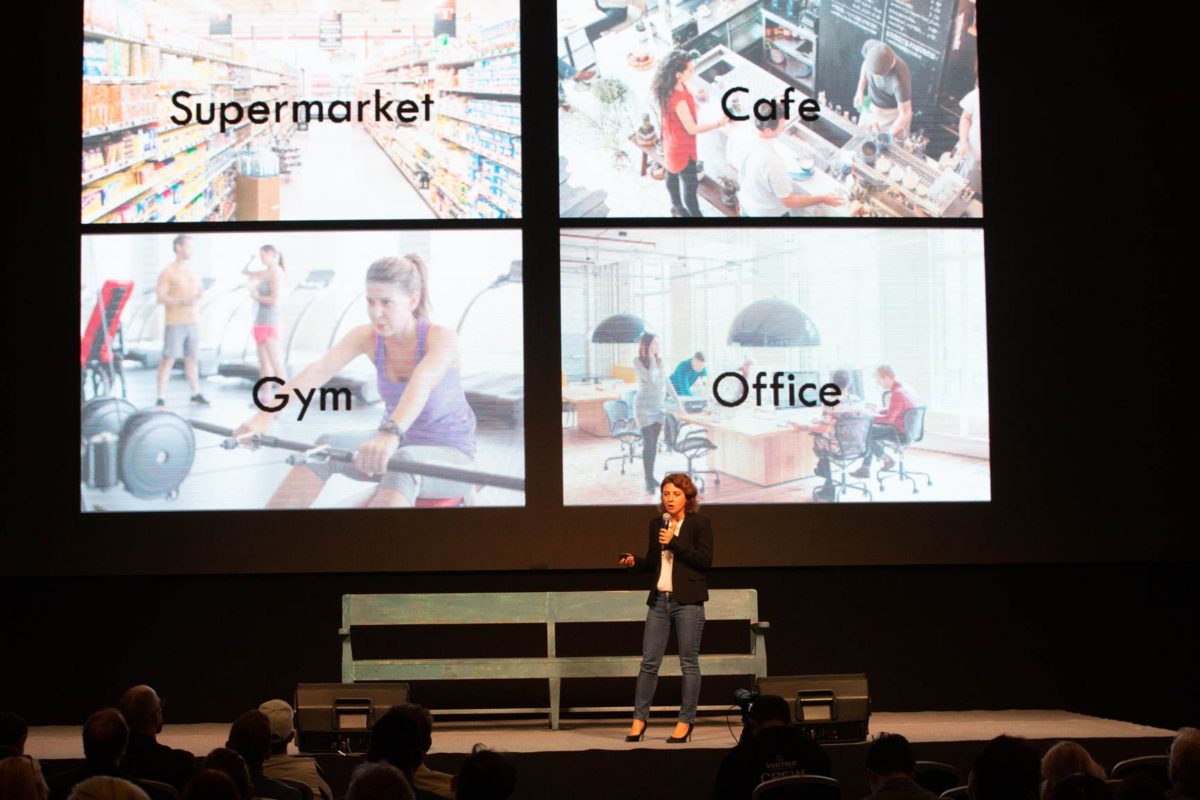Creative concepts can transform the dullest spaces into remarkable guest journeys, writes QUO Chief Branding Officer Catherine Monthienvichienchai.
Google Maps told me I’d arrived, but I wasn’t so sure. In front of me was a store, long since closed for the day. Beyond that, a dimly lit street with barely a person in sight. A flicker of light catches my eye. A hint of life behind the shuttered windows of the second floor. Maybe I was in the right place after all. Up a small spiral staircase lay an incredible hidden space. An unassuming shophouse transformed into a Japanese bar, a speakeasy of sorts, that would be more at home in the winding alleys of Kyoto than the humid streets of downtown Bangkok.
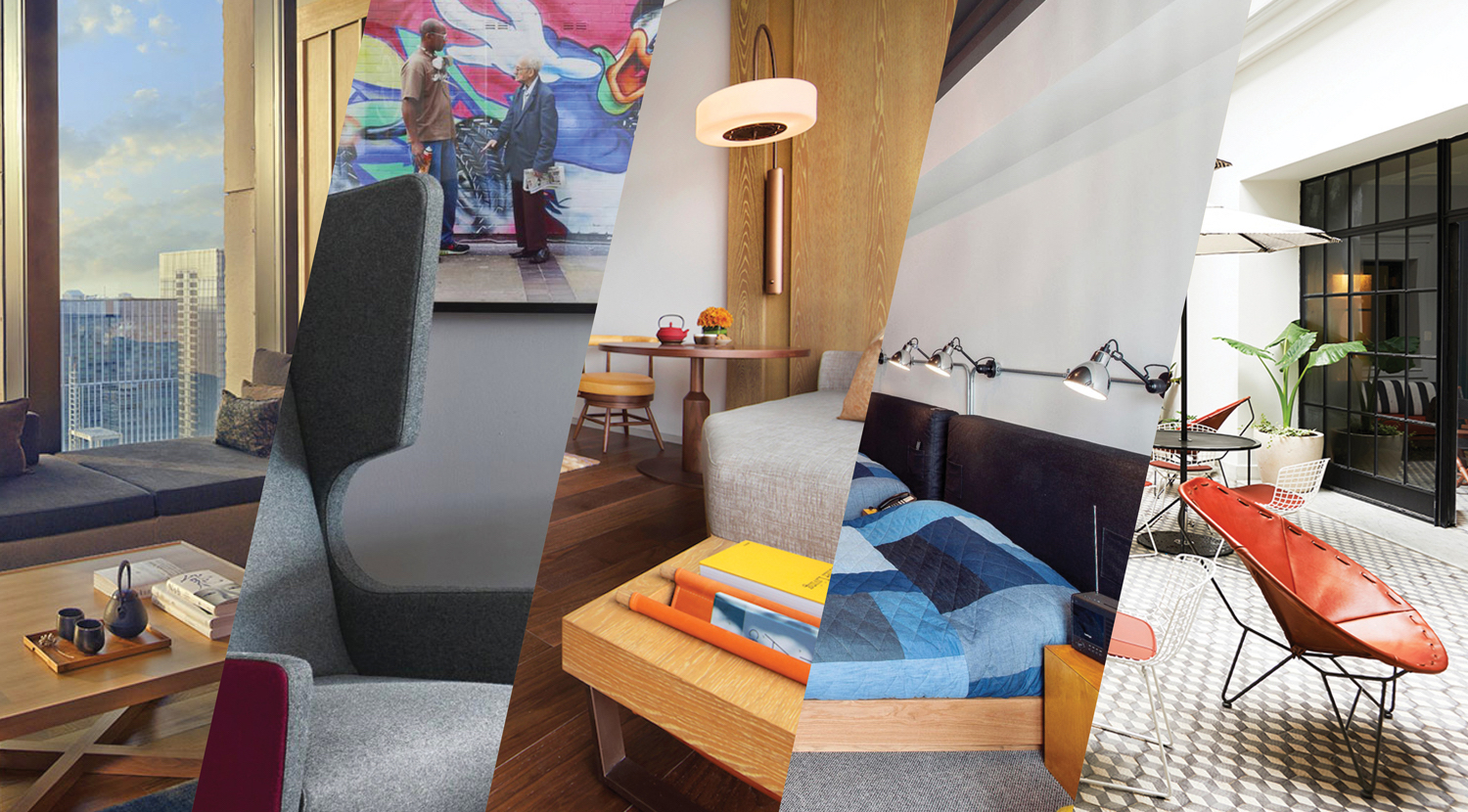
The hidden nature of the space was just the start. Inside, a series of carefully curated rituals unfolded. Spirits served in your choice of beautiful crystal tumblers; beer decanted into stainless-steel cups; individual wooden bowls of savoury snacks. Every item meticulously placed in front of you, its relative position on the table considered with almost mathematical precision. It was simple, yet executed with unbelievable attention to detail. An experience that will surely lead me to return.
In cities where space is becoming increasingly scarce, operators are learning the value of even the tiniest, most secluded spots. Putting use to unusual, under-utilised spaces, they lure customers by promising an experience, even if that experience is as simple as searching out the place itself.
How we think about space, interact with it, deconstruct it, plan and distribute it, is at the heart of many of today’s most successful hospitality brands. Smaller guest rooms, bigger public spaces, social spaces, co-working spaces, dynamic, multi-functional spaces. All buzzwords amongst the plethora of lifestyle brands flooding the hotel world in recent years.
Yet it is more than just cleverly used space that surprises and inspires. Whether it is 20sqm or 200sqm, integrated or closed, it is impossible to win any loyalty or create much of a buzz if it doesn’t come with an experience customers will remember.
Brands such as Aman leave nothing to chance with the arrival experience, creating incredible spaces that bring to life the brand’s core DNA as a ‘place of peace’ – the meaning of the word ‘Aman’. Even in the midst of downtown Tokyo, home of the brand’s first urban retreat, it stays true to this commitment.
After being whisked up to the 33rd floor of the Otemachi Tower, guests emerge into a spectacular space, where the upper walls and 26-metre-high ceiling are lined with translucent washi paper to give the effect of being inside a vast paper lantern. At the centre lies a zen garden, with a pool that rises out of a seasonally changing ikebana flower arrangement, and beyond that, two meditative rock gardens. An intense and remarkable space that is as dramatic as it is calming.
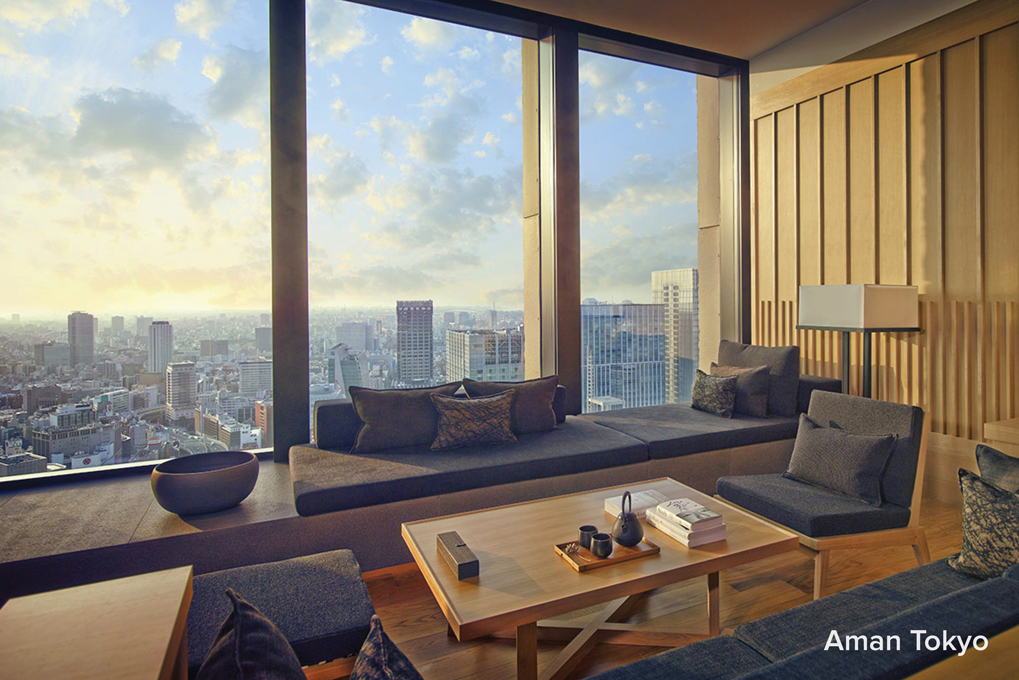
Few brands can match the extraordinary efforts of Aman to create this type of space and experience, but nor should they. Guest experience doesn’t have to be spectacular to make an impression. It does, however, need to be relevant and meaningful; connected to your brand’s core values and identified guest needs. For years Sofitel Hotels & Resorts has simply greeted guests with a distinctive ‘Bonjour’ on arrival at their hotels, wherever you are in the world. Love it or hate it, with that one word your understanding of the brand’s roots is confirmed – Sofitel is unashamedly French.
Hyatt’s Andaz, meanwhile, promises to immerse guests in the ever-changing, native cultures of their spaces through a combination of design, food and service. Merging themes of London’s financial area with the “gritty quirkiness” of nearby Shoreditch, guestrooms at the Andaz London Liverpool Street combine pinstripe patterns with tattoo art and local photography.
A similar attention to local culture is brought to the fore at the Andaz Singapore, one of the newest additions to the brand. As the first non-Hyatt brand from the Hyatt portfolio, it set the bar for many of the lifestyle/local neighbourhood brands that have since followed.
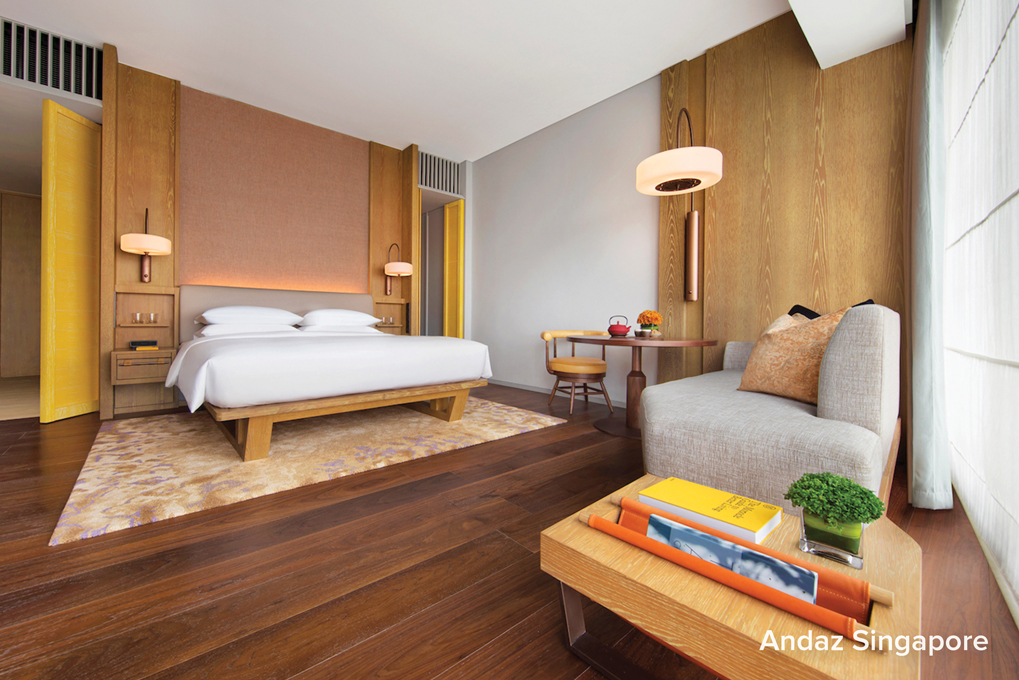
Andaz was not the first to create unique experiences within the spaces it occupies. Over a decade before, the late Alex Calderwood and friends turned an old halfway house in Seattle into a desirable destination with reclaimed furniture and contemporary art. The resulting hotel marked the birth of Ace Hotel, now a 10-property strong brand with hotels across the US, as well as in London and Panama City, with Kyoto in the pipeline.
Ace Hotel has always set itself apart from other brands with its unorthodox approach to hotel spaces. Described as “place whisperers” or “the neighbourhood foragers”, Ace sees the potential of both under-utilised buildings and the under-rated neighbourhoods in which they’re located. In each destination, the brand spends time connecting with local creatives, entrepreneurs, real-estate developers and small retail brands. The idea is not to simply “drop into a place and throw open the doors”, but to become an integral part of the community; a gathering point in neighbourhoods that don’t have one.
Done right, brand experience is neither fast nor easy, but, as Ace has proven, it’s more than worth the effort. Building a strategic, insights-based approach helps to channel creative thought. The world’s most innovative minds still need a starting point, even if the ideas they eventually come up with take an altogether different direction.
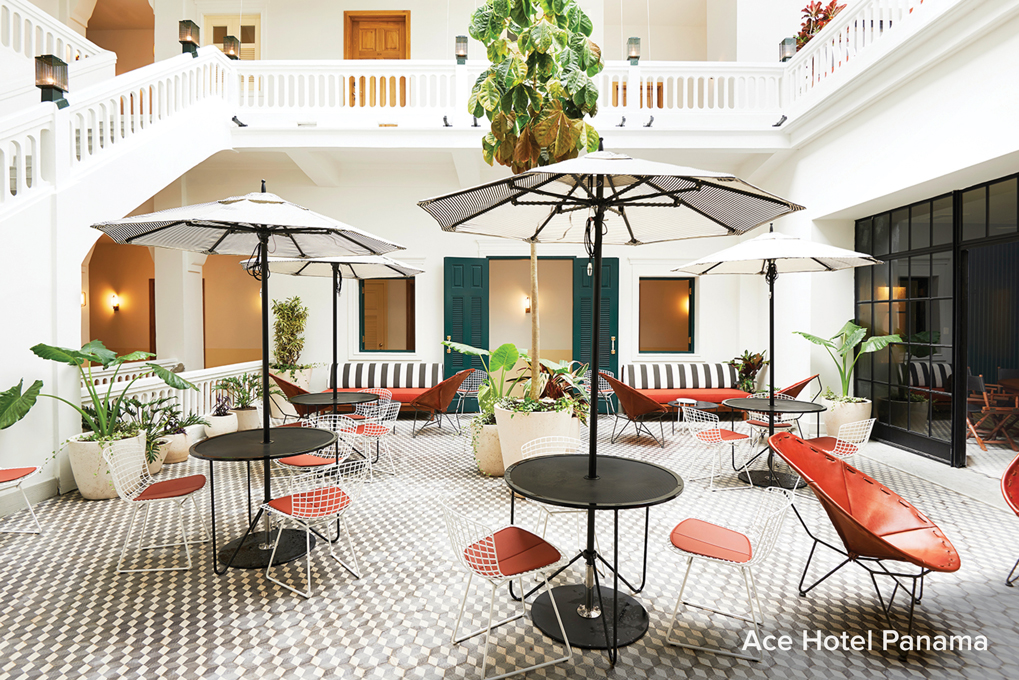
Each concept must be considered against a range of key criteria: does it fit the brand and differentiate us from our competitors? Does it meet the needs of our target guest? Is it operationally viable? Will it generate ROI?
Not every experience needs to tick every box, but a balance must be struck. A radical lobby concept may require huge capex, but if it is a defining feature of the brand and will guarantee immediate differentiation, then it could be worth the investment. Similarly, a small welcome gift costs money and has negligible ROI, but if done well, the feeling the gesture generates for the guest is priceless.
Even the best ideas on paper don’t always work out, which is why testing and piloting is key. Operational restrictions rear their ugly heads, unexpected costs get in the way, or maybe the concept just doesn’t resonate with guests as anticipated. Then it’s time to modify, adjust, or possibly throw out the concept entirely.
It can take a year or more from idea to full implementation; longer for a more complex concept across a larger network of hotels. But it’s worth the wait. Hotels are no longer simply places for sleep. Each space is a stage upon which a series of experiences is waiting to be played out.
The story you tell, the actors you employ, the props you use all serve a purpose in bringing your brand to life, making that abstract construct of who you are into a living, breathing reality.
Follow QUO
on Instagram
